
Within the National Park System, protecting huge wild places isn’t just about beauty; it matters for nature’s balance and real adventure. Size allows whole ecosystems to thrive and offers unmatched solitude. The National Park Service oversees 63 national parks, ranging dramatically in acreage.
This piece focuses squarely on the largest national parks in the US – the top ten giants by total land area. Think parks bigger than some states. These immense landscapes define wild America, safeguarding vital habitats and geological wonders found nowhere else.
Understanding their sheer scale helps appreciate why protecting such vastness remains so important. Let’s explore what makes these colossal parks unique.
Defining “Largest”
How do we pick the biggest ones? Simple: we use total acreage. That’s the standard way to measure park size. While other ideas exist, like wilderness area, total acres give the clearest comparison.
This ranking focuses squarely on that measurement for the largest national parks in the US.
Here are the top ten champions by land area:
| Park Name | Location | Acreage |
| | 1. Wrangell-St. Elias | | Alaska | | 13,175,799 |
| | 2. Gates of the Arctic | | Alaska | | 8,472,506 |
| | 3. Death Valley | | CA/NV | | 3,408,395 |
| | 4. Denali | | Alaska | | 4,740,912 |
| | 5. Katmai | | Alaska | | 3,674,530 |
| | 6. Glacier Bay | | Alaska | | 3,223,384 |
| | 7. Lake Clark | | Alaska | | 2,619,733 |
| | 8. Yellowstone | | WY/MT/ID | | 2,219,791 |
| | 9. Kobuk Valley | | Alaska | | 1,750,716 |
| | 10. Everglades | | Alaska | | 1,508,938 |
The Top 10 Largest US National Parks (Ranked by Acreage)
Wrangell-St. Elias: Alaska’s Colossus
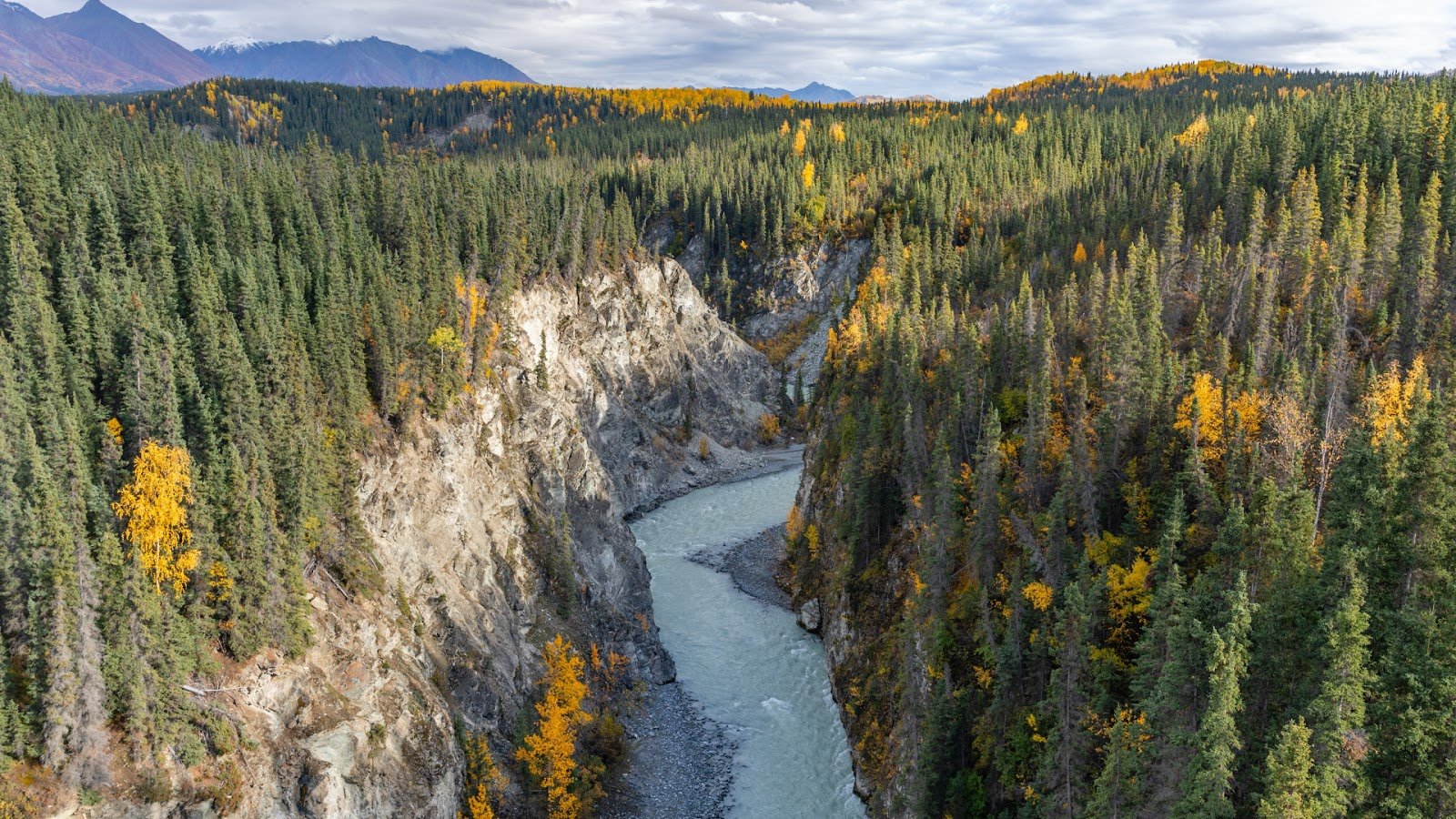
Wrangell-St. Elias National Park & Preserve takes first place. It’s enormous: 13.2 million acres. That makes it America’s biggest park. This Alaskan giant is larger than Yellowstone, Yosemite, and Switzerland combined.
Think pure wild land. Mountain ranges dominate, including namesake Wrangells. Huge glaciers flow slowly through valleys, feeding large rivers.
Key wilderness elements:
- Holds Bagley Icefield, a huge ice field in North America.
- Includes old Kennecott copper mines, historic mining sites.
- Offers great chances for deep solitude and challenging backcountry trips.
- Protects whole ecosystems across various landscapes naturally.
- Safeguards key wildlife habitats on a massive scale.
Reaching the heart requires real effort, highlighting its wild, remote character. This park shows what huge protected wild areas are like.
Gates of the Arctic: Pure Wilderness

Landing at #2 is Gates of the Arctic National Park & Preserve. Its vastness covers 8.5 million acres. That’s larger than Massachusetts. This park sits entirely north of the Arctic Circle in Alaska.
It represents pure, undeveloped wilderness. No roads cross it; no trails mark paths. The rugged Brooks Range forms its dramatic backbone.
Arctic essence shines through:
- Dominated by peaks and valleys of the Brooks Range.
- Contains zero roads, trails, or visitor facilities inside boundaries.
- Protects critical migration paths for the Western Arctic Caribou Herd.
- Holds deep cultural value for Alaska Native communities like Iñupiat and Athabascan groups.
Getting to Gates of the Arctic takes careful planning. You need to be ready to handle things yourself. Its spot way up north, with absolutely no roads or facilities, means it’s seriously remote.
Here you’ll find real Arctic wilderness, vast and untouched. This place offers pure adventure.
Death Valley: Desert Giant
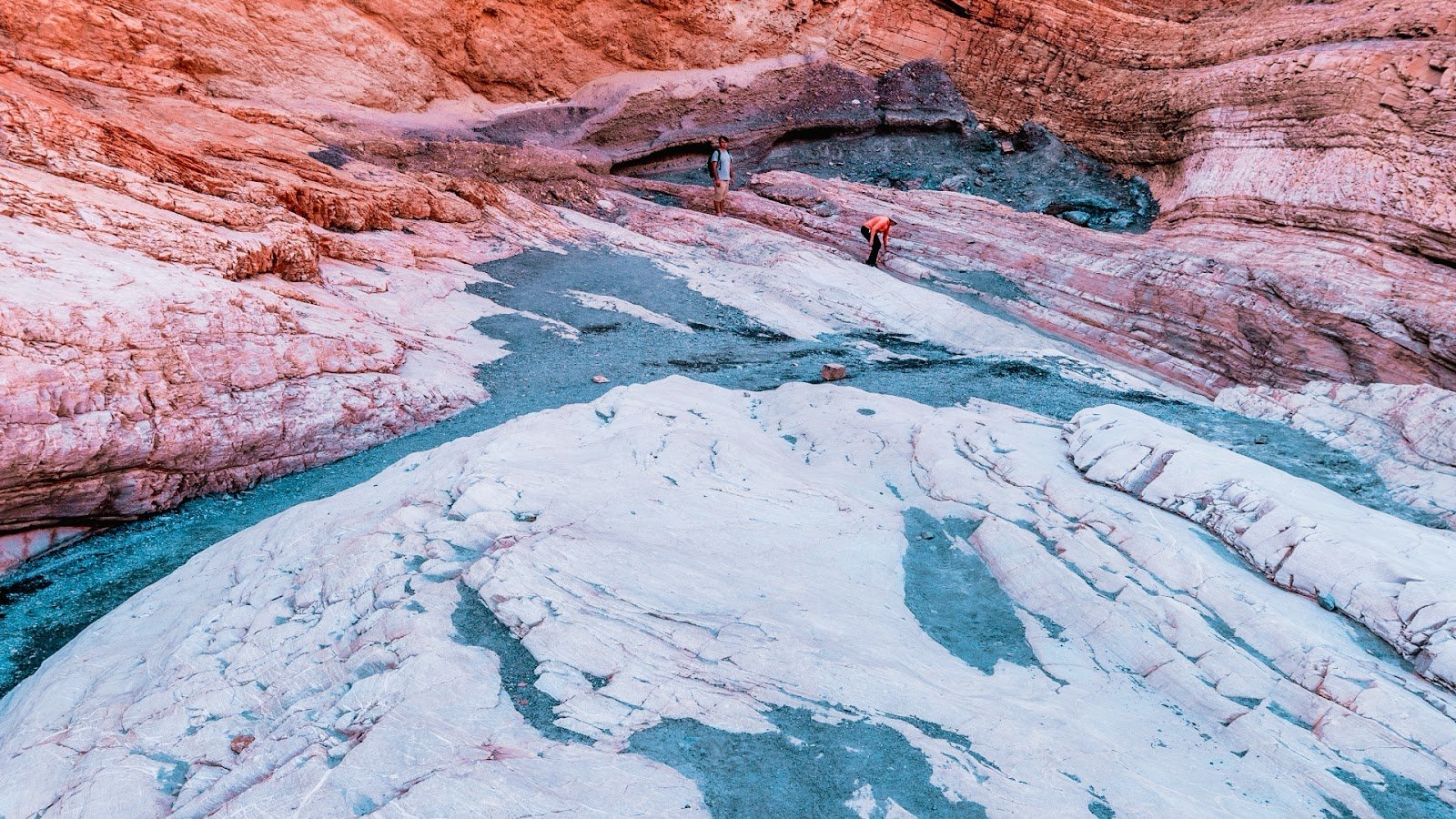
Death Valley National Park ranks third overall among US parks. It’s number one outside Alaska. This massive place covers 3.4 million acres in California and Nevada.
Death Valley is all about extremes. You’ll find North America’s lowest spot here, Badwater Basin.
It also holds the record for Earth’s highest air temperature.
Think about a place bigger than Connecticut, yet bone-dry and scorching hot. Its sheer size safeguards unique desert landscapes shaped by powerful forces.
Extremes define it:
- Badwater Basin, sitting 282 feet below sea level.
- Earth’s hottest recorded temperature: 134°F (56.7°C).
- Varied desert land: big salt flats, tall sand dunes, colorful badlands, deep canyons.
- Telescope Peak, rising over 11,000 feet, sometimes holding winter snow.
- Dramatic wildflower blooms during rare conditions.
That tough name misses the real picture. Its huge size creates surprising life pockets and really diverse scenery across the desert. You see true scale and sharp contrast here.
Denali: North America’s Crown Jewel
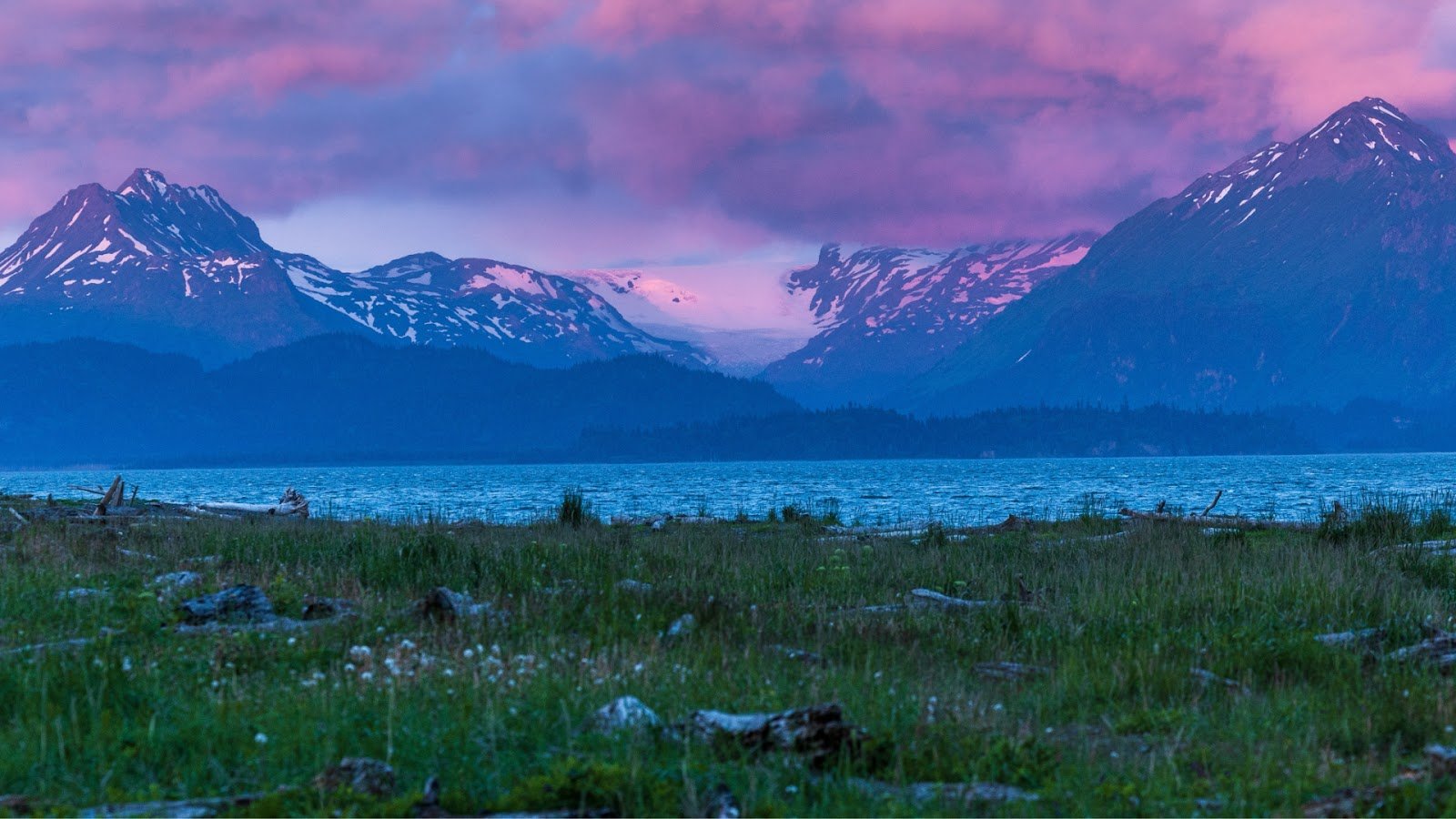
Denali National Park & Preserve takes fourth place. Its main area covers about 4.7 million acres in Alaska. (Adding the preserve nearby pushes protected land close to 6 million acres).
One towering giant defines this park: Denali itself. At 20,310 feet, it’s North America’s highest summit.
This massive peak dwarfs everything else. Much of Denali is big wild land, from low taiga forests up to high tundra and glaciers.
Crowning features:
- Centered around Denali, the continent’s highest summit.
- Features one main park road, mostly accessible by shuttle bus.
- Supports populations of grizzly bears, wolves, moose, Dall sheep, and caribou.
- Offers iconic views of the mountain, weather permitting.
- Holds deep significance, bearing the Koyukon Athabascan name for “The High One”.
Denali represents a flagship Alaskan wilderness experience and is a key member of the largest national parks in the US. Its scale protects diverse habitats surrounding the great peak.
Katmai: Where Bears Roam Volcanoes
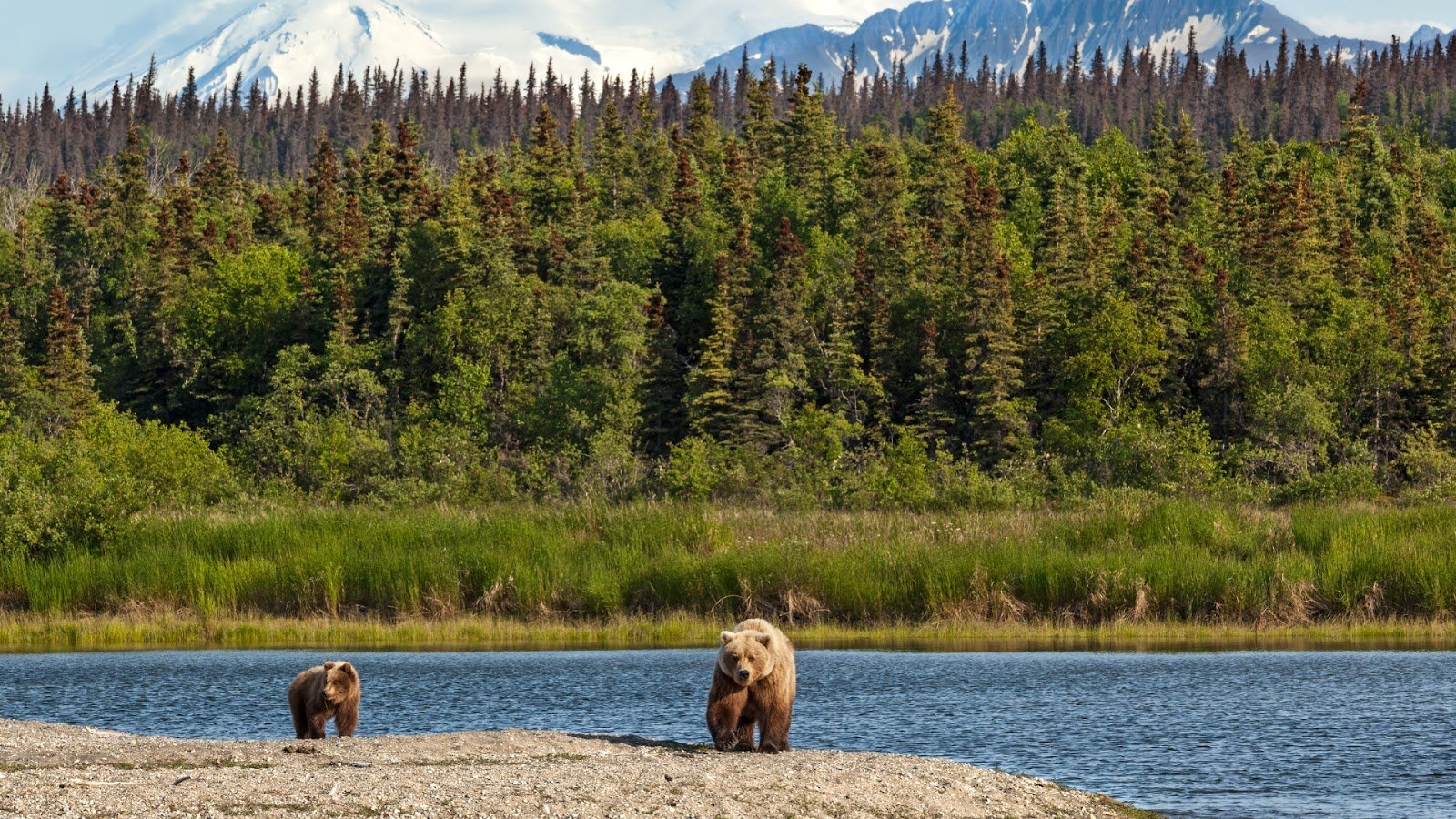
Katmai National Park & Preserve takes fifth place. It covers about 3.7 million acres in southern Alaska. Think bigger than Connecticut. This park is famous worldwide for its huge brown bears. Brooks Camp, especially Brooks Falls, gives great viewing spots to watch these giants catch salmon.
But Katmai has another big draw born from fire. Valley of Ten Thousand Smokes is a dramatic volcanic land shaped by the enormous 1912 Novarupta blast.
Volcanic and wild highlights:
- Offers world-class bear watching, mainly at Brooks Falls.
- Holds Valley of Ten Thousand Smokes, a volcanic desert.
- Has hundreds of miles of wild, rugged coast.
- Contains large wilderness zones with few trails or facilities.
- Protects essential salmon rivers feeding the whole system.
Katmai’s large size safeguards different habitats, from volcanic spots to rich coastal areas, all focused on its famous bears.
Glacier Bay: Glaciers Meet the Sea

Glacier Bay National Park & Preserve takes sixth place. It protects over 3.2 million acres along Alaska’s coast and mountains. Imagine deep fjords full of ice.
This park focuses on wild ocean settings. Large tidewater glaciers regularly drop icebergs into saltwater. Reaching it usually means boat or plane; no roads go inside.
Icy signatures:
- Holds glaciers like Margerie and Johns Hopkins that actively shed ice.
- Offers great chances to spot humpback whales and other ocean mammals.
- Requires boat or aircraft to explore.
- Includes big coastal rainforest areas.
- Important to Tlingit people, tying to their ancestral lands and past.
Glacier Bay’s huge size protects an active place where ice and ocean collide. That scale helps preserve vital marine habitats and constant glacier changes. Visitors see powerful natural forces changing the coastline up close.
Lake Clark: Volcanoes and Salmon Shores
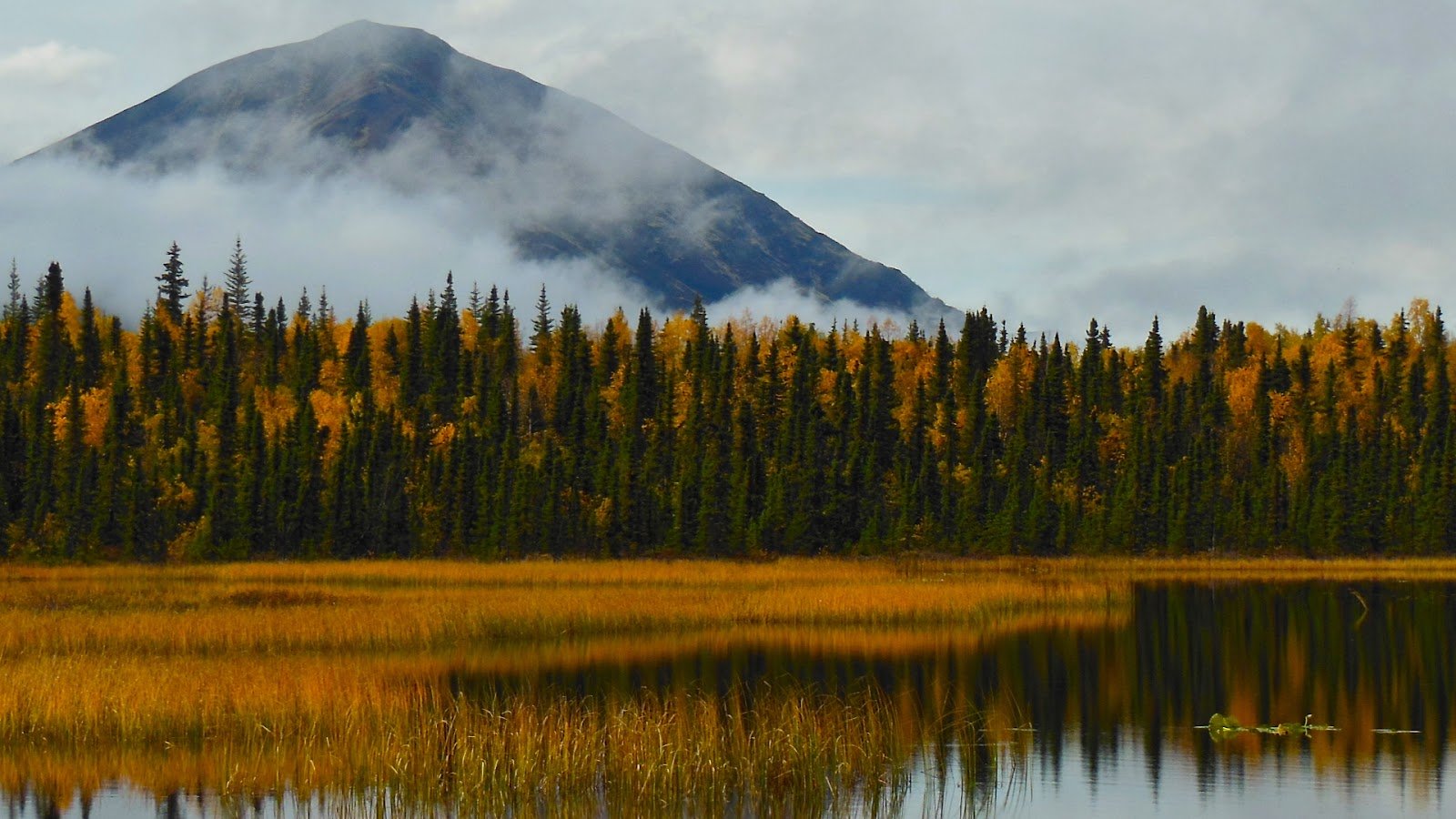
Lake Clark National Park & Preserve takes seventh place. It safeguards more than 2.6 million acres in southern Alaska. This park offers a striking variety of land. Picture volcanoes meeting ocean coastline. Massive Lake Clark sits at the park’s heart, fed by glaciers and rivers.
Wild rivers here are key, forming watersheds essential for Bristol Bay’s huge salmon runs.
Volcano-to-sea markers:
- Features active volcanoes like Mount Redoubt.
- Boasts rugged coastline along Cook Inlet.
- Contains massive Lake Clark and critical salmon-spawning rivers.
- Offers world-class coastal brown bear viewing, notably at Silver Salmon Creek.
- Holds deep cultural ties for Dena’ina Athabascan people.
Lake Clark’s size safeguards diverse ecosystems from mountains to sea. Its wilderness character remains strong. Access requires boats or planes; roads don’t reach inside park boundaries. This park protects vital natural processes and iconic Alaskan wildlife.
Yellowstone: The Original Immense Wonder
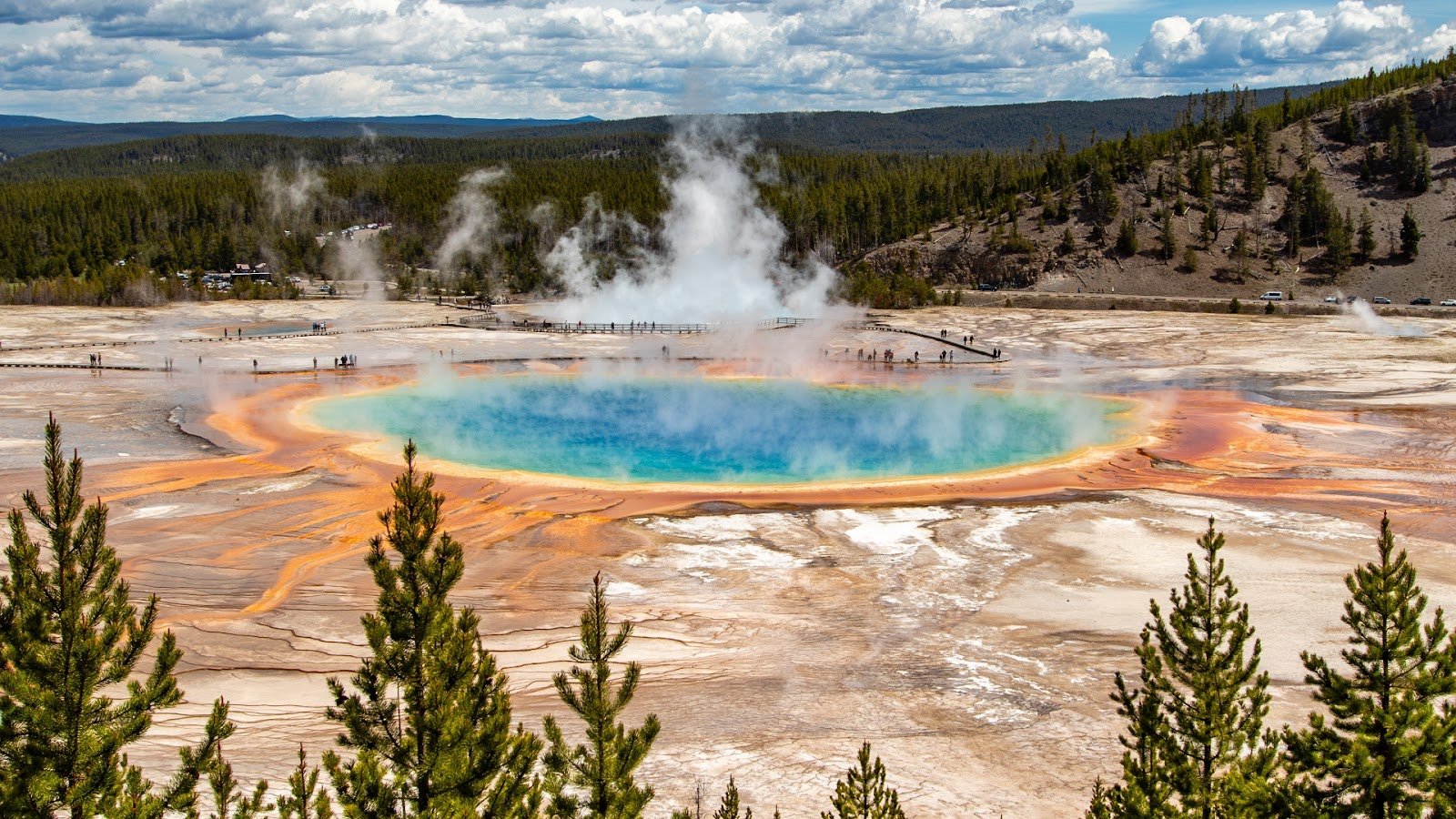
Yellowstone National Park takes eighth place. It covers 2.2 million acres across Wyoming, Montana, and Idaho. This makes it the biggest park mostly within the lower 48 states.
Think bigger than Delaware and Rhode Island together. Famous worldwide as the very first national park, Yellowstone’s huge size protects a supervolcano caldera. This drives amazing geothermal features.
Geothermal hallmarks:
- Holds over half Earth’s active geysers, like Old Faithful.
- Includes Yellowstone River’s Grand Canyon.
- Home to big herds of bison, elk, bears, and wolves.
- Contains Yellowstone Lake, one of North America’s biggest high lakes.
- Offers more roads than remote Alaskan parks.
Despite many visitors, Yellowstone’s scale safeguards essential ecosystems and geological marvels. It remains a key part of the largest national parks in the US and a globally important protected area.
Kobuk Valley: Arctic Dunes & Caribou Paths
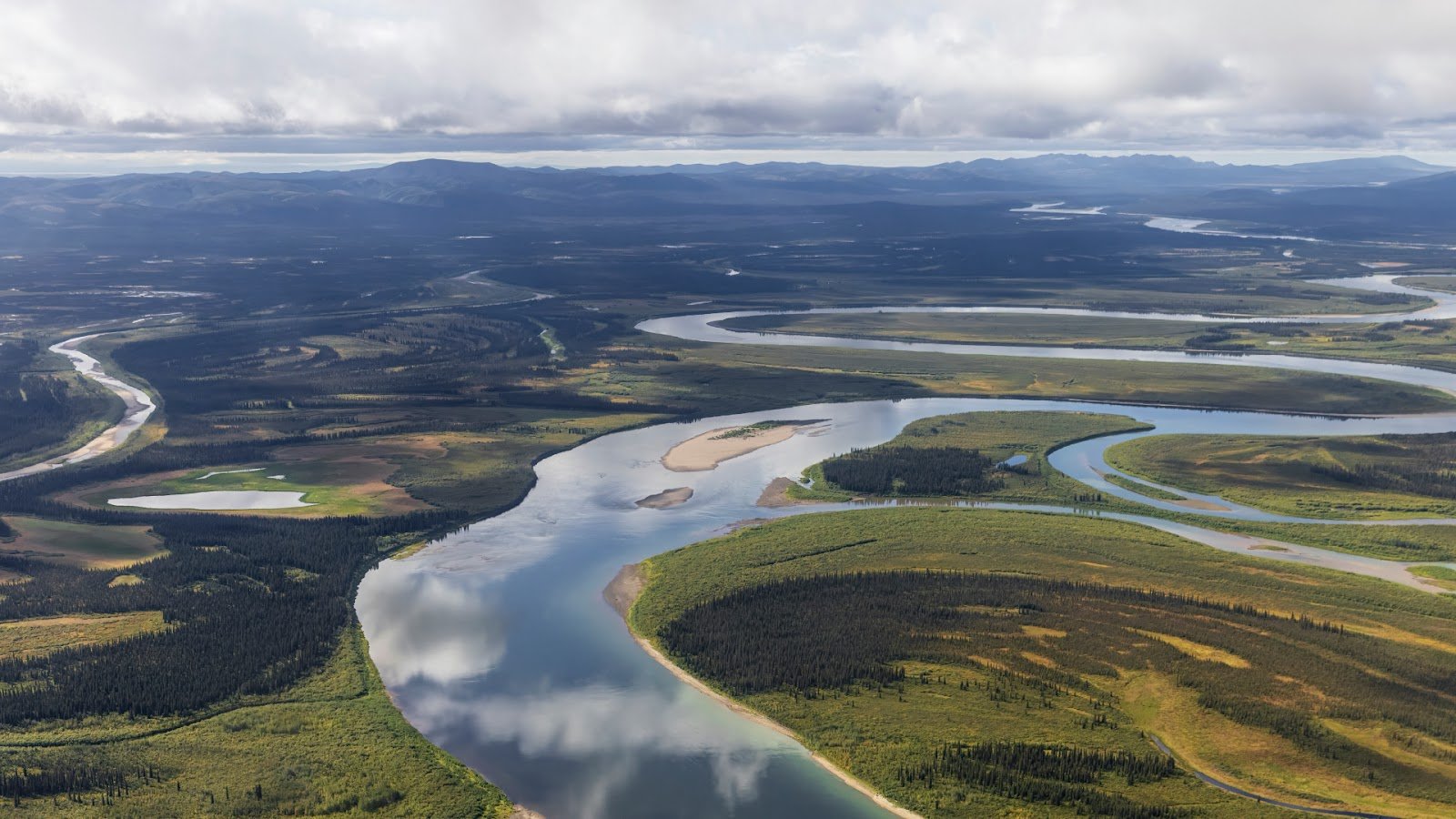
Kobuk Valley National Park takes ninth place. It safeguards 1.8 million acres in northwestern Alaska. This park holds a surprise: huge sand dunes. The Great Kobuk Sand Dunes stand out, some reaching several stories high, set deep within Arctic wilds.
Kobuk River curves through the park’s heart. Its great size protects an essential caribou migration path.
Surprising Arctic icons:
- It contains Great Kobuk Sand Dunes, North America’s biggest Arctic dune field.
- Major parts of Kobuk River run through it.
- It sits right on Western Arctic Caribou Herd’s migration route.
- You find no roads, trails, or visitor facilities here.
- It holds deep meaning for Iñupiat people.
Getting there needs flying in. Its spot and complete lack of development mean it’s incredibly remote. This park preserves a special Arctic place where desert-like dunes meet forest and tundra, safeguarding ancient migration routes.
Everglades: America’s Subtropical Sea
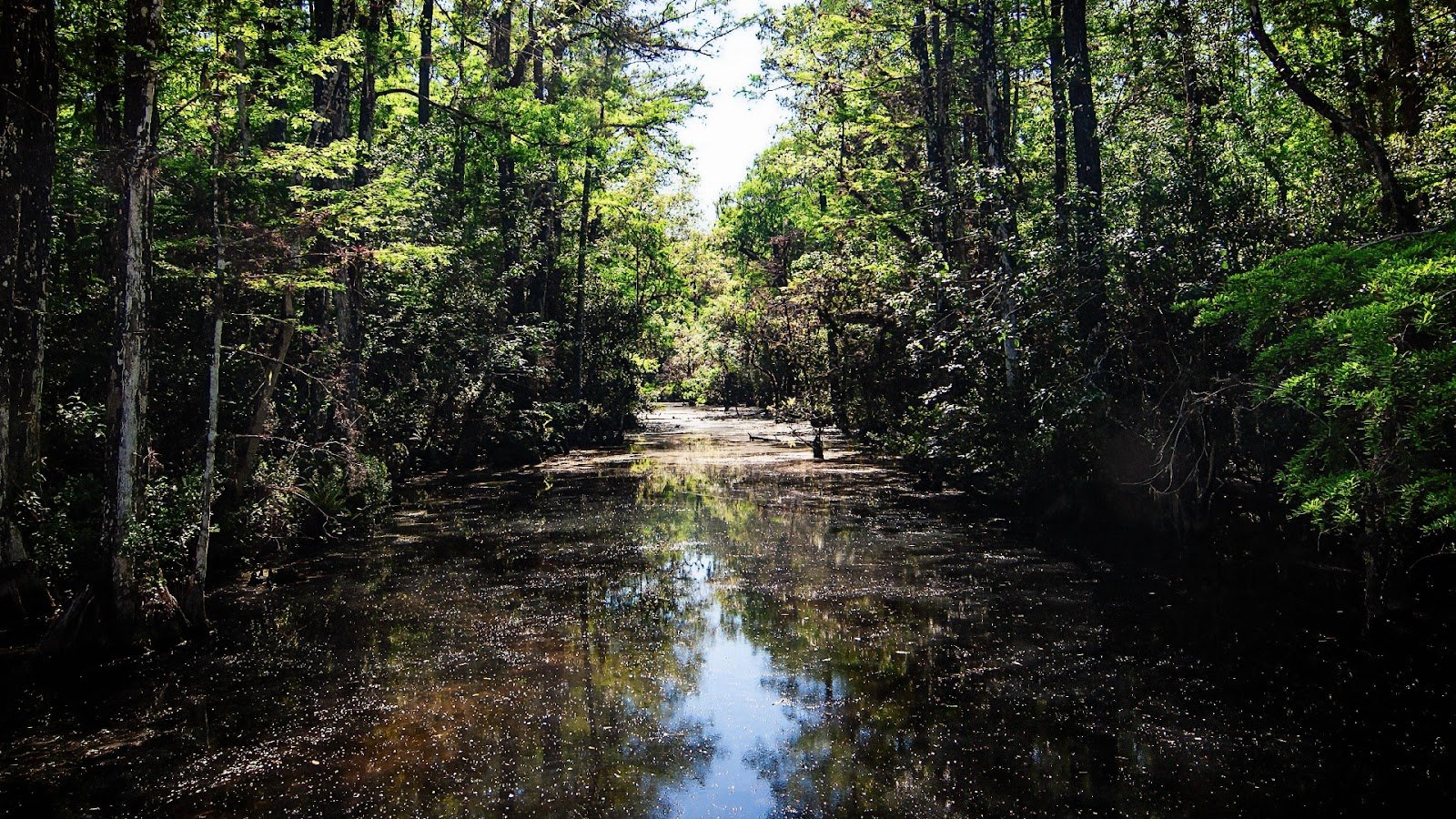
Everglades National Park finishes in tenth place. It safeguards 1.5 million acres in southern Florida. This park is a huge, special wetland. Its heart is a slow-moving sheet of fresh water heading south, known as the “River of Grass”. This shallow flow creates a mix of different habitats across its great expanse.
Wetland wonders:
- It’s the biggest subtropical wild area in the US.
- Big mangrove forests line its coast.
- It provides an important home for famous American alligators and crocodiles.
- It supports huge numbers of wading birds and other animals.
- It holds International Biosphere Reserve and World Heritage Site status.
Everglades’ huge size is really important. It protects this unique, slow river system and its connected habitats. The park faces serious challenges managing water flow and quality across its wide area. Protecting this scale remains key for its future.
Beyond the List: Key Themes of the Largest Parks

Alaska clearly rules this list, taking up eight spots. Death Valley and Yellowstone are the biggest parks outside Alaska. Many Alaskan parks carry a “National Park and Preserve” name.
This allows controlled hunting and fishing on preserved lands, while park areas get stricter protection.
Getting there varies a lot:
- Death Valley and Yellowstone offer good road access.
- Alaskan giants like Gates of the Arctic or Kobuk Valley have zero roads or trails. You need to fly in and possess solid wilderness skills.
- For most, remoteness shapes the whole experience.
Conservation at this scale brings unique hurdles:
- Monitoring huge roadless areas is hard.
- Climate change hits strongly here – think melting glaciers and thawing permafrost.
- Safeguarding whole ecosystems and animal migration paths demands huge connected spaces.
Planning a Visit: Experiencing the Immensity
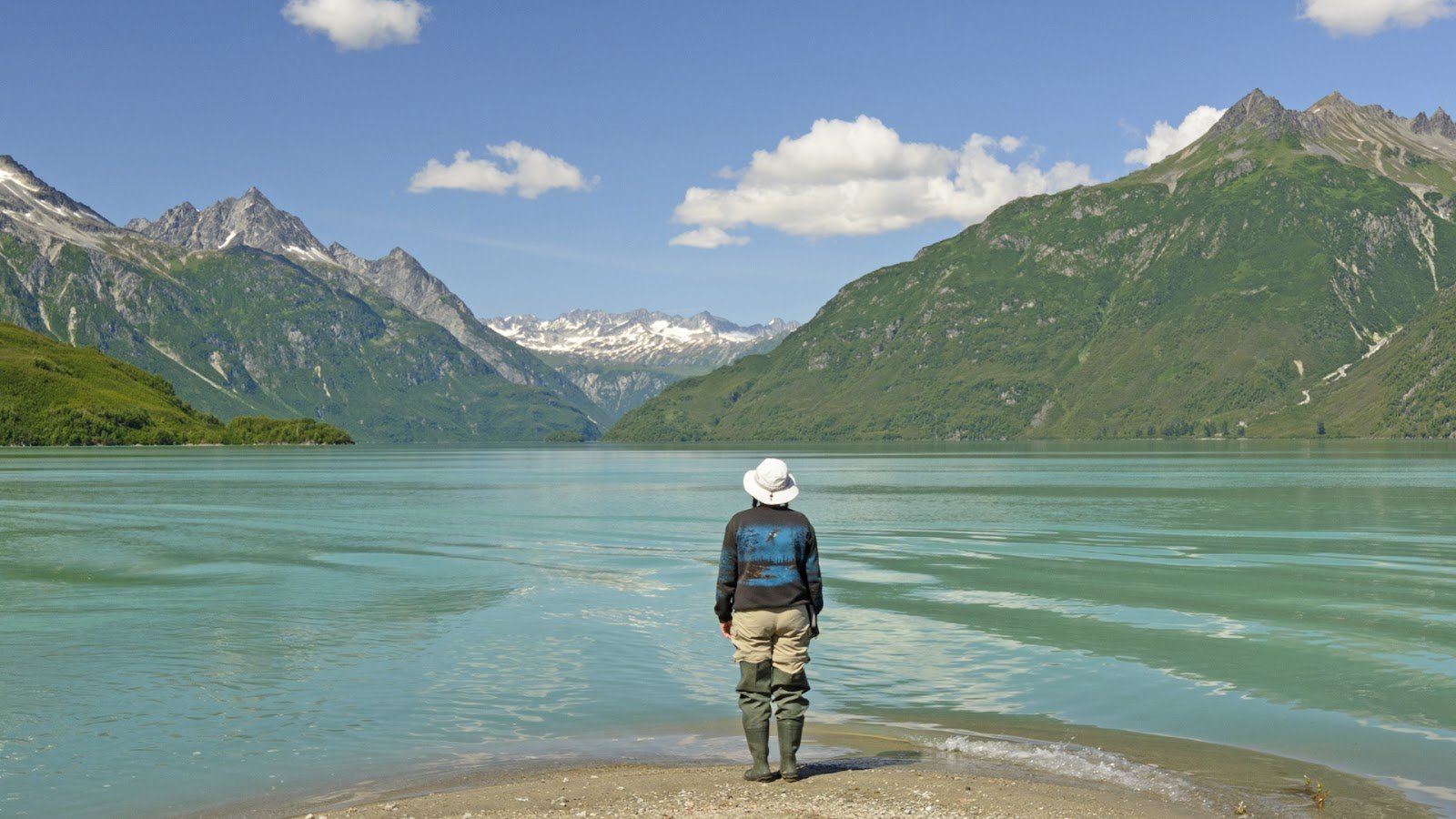
Visiting these huge parks needs a different approach. You can’t rush them – seeing even a small part takes time. Forget quick drive-through visits; remember, some are bigger than whole states!
Focus your trip on specific, reachable spots instead of trying to see it all. Plan realistically.
Key things to think about:
- Plan for Days: Set aside days, not hours, just for main areas.Pick Specific Spots: Research and stick to accessible zones like Furnace Creek in Death Valley, Brooks Camp in Katmai, or Denali’s park road.
- Be Self-Sufficient: Backcountry travel needs strong wilderness skills and right gear. Be ready to handle things alone.
- Think About Guides: Consider reliable outfitters for tricky places like Gates of the Arctic or glacier travel.
- Follow Leave No Trace: Stick to LNT rules carefully to protect these big, sensitive areas.
Good prep and respecting the size are really important for a safe, great trip. Embrace your journey into the big wilderness.
Summing Up
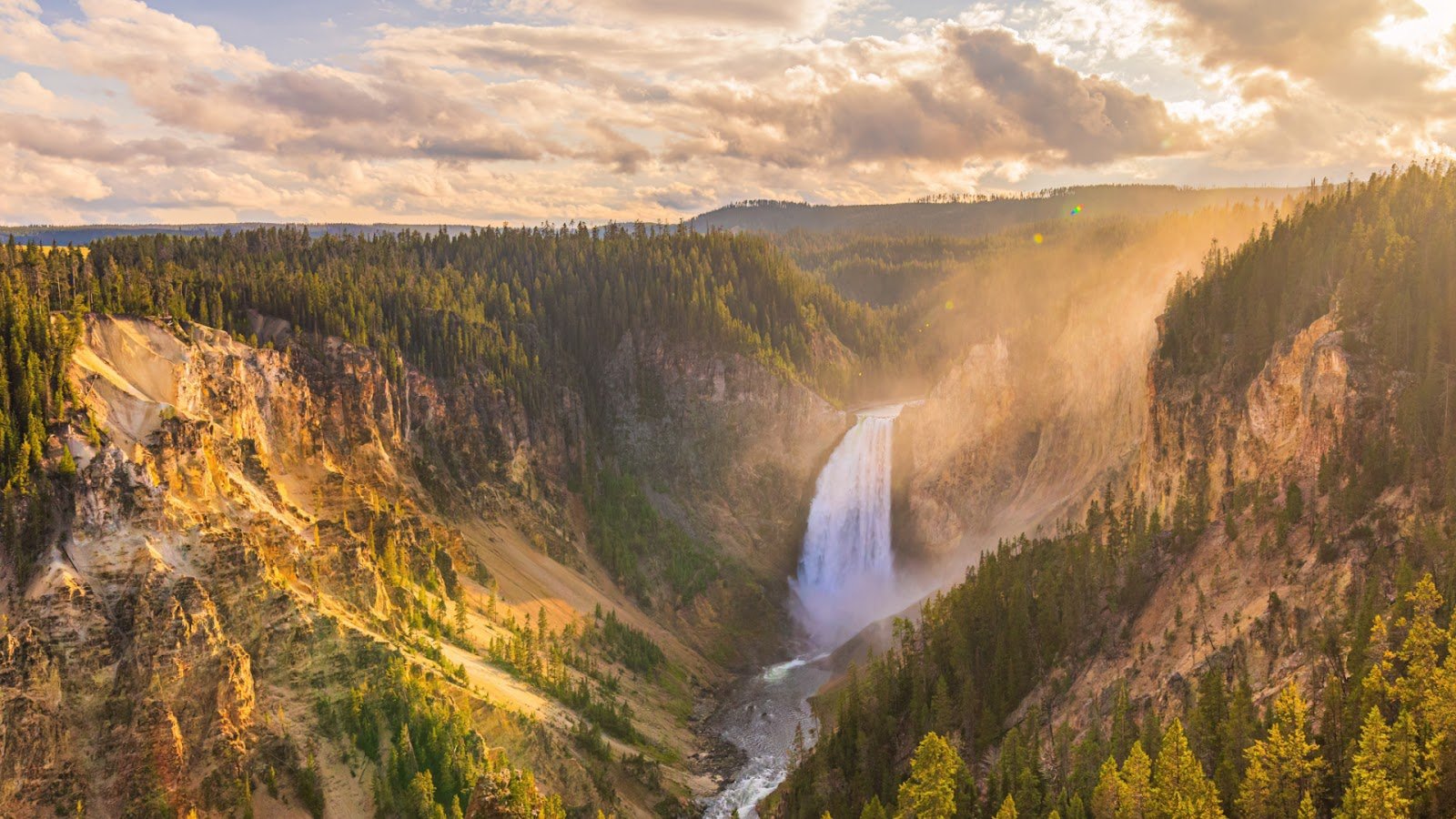
America’s biggest wild places are amazing. These huge parks let you see nature on a grand scale. They protect landscapes too vast for smaller areas.
Their great size allows whole ecosystems to function right, keeps caribou migration paths protected, and offers true wilderness solitude.
Alaska has most of these giants, but places like Death Valley and Yellowstone show the lower 48 also hold massive protected lands.
Visiting requires respect and good prep. Protecting this scale is really important for wildlife and climate strength. Helping groups focused on park care makes sure future generations can see this wonder. Understanding the sheer size deepens your appreciation for these unique treasures.
The largest national parks in the US show a deep commitment to keeping wild America at its grandest. They are a gift.

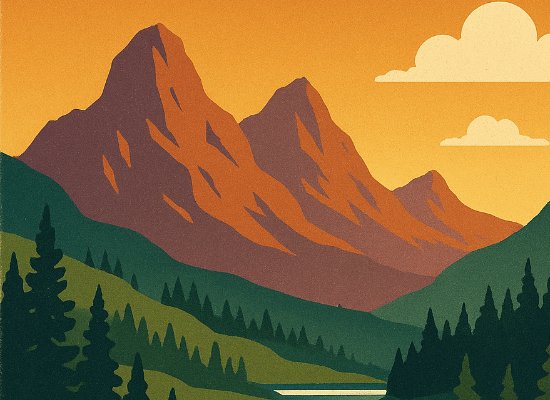




0 Comments